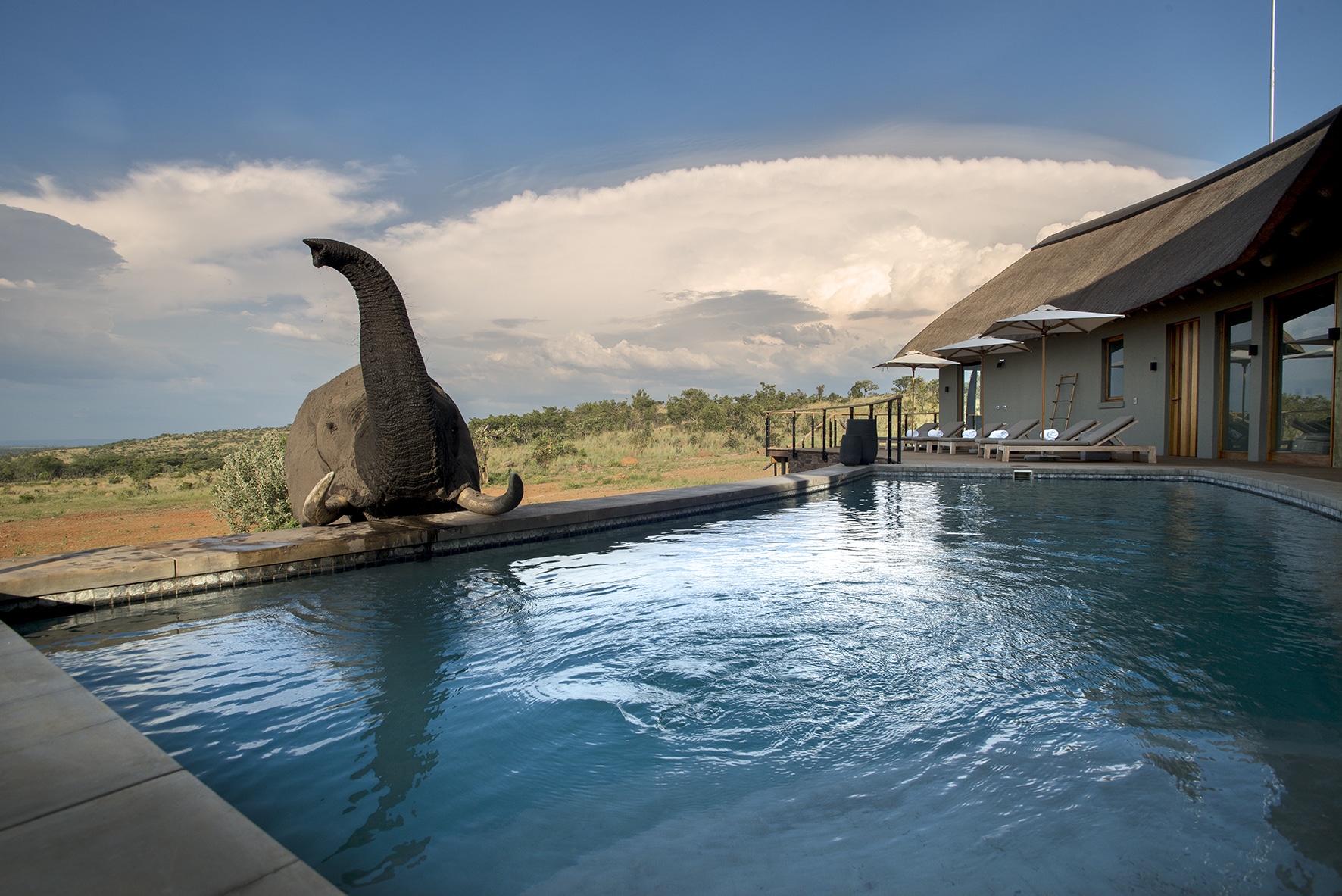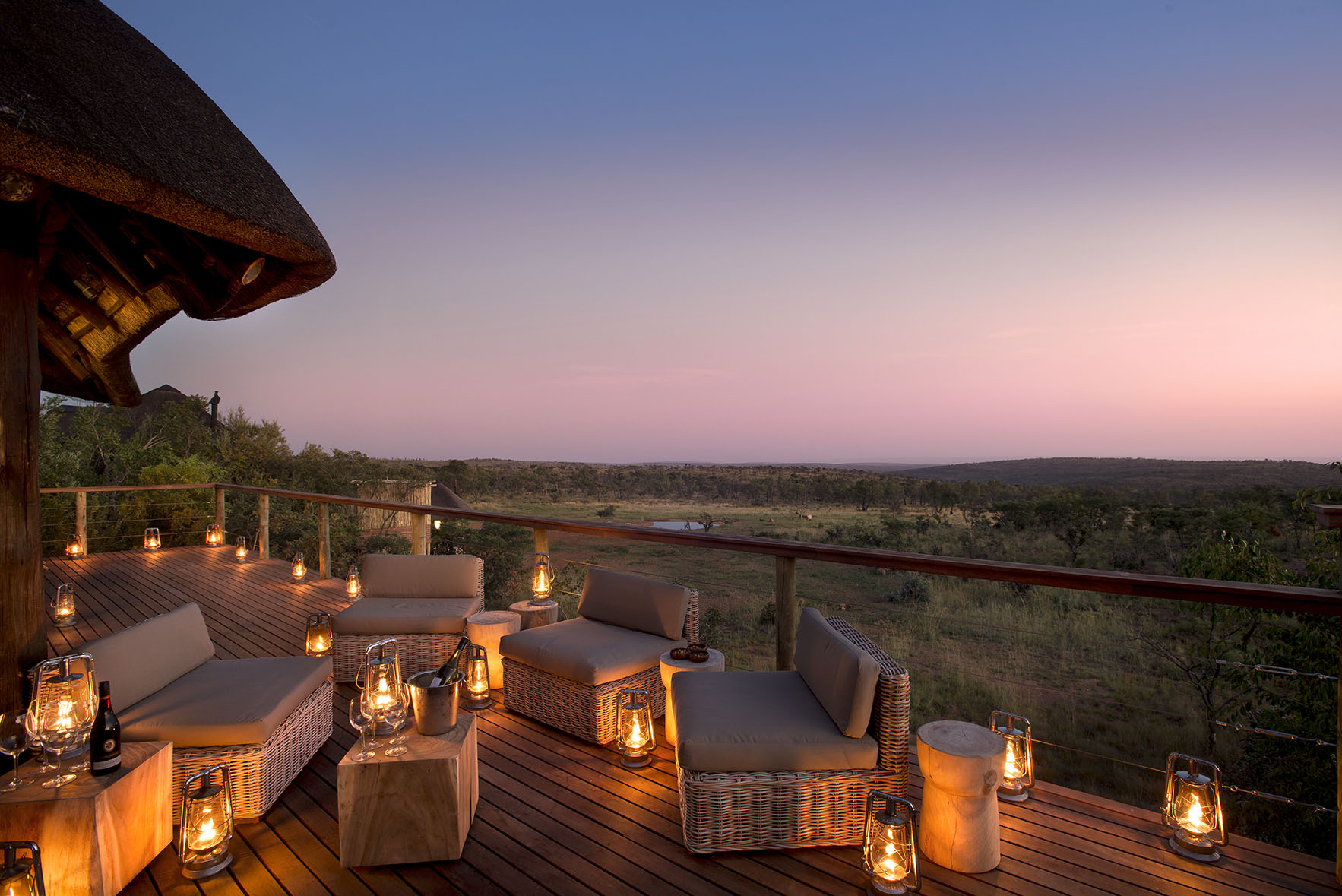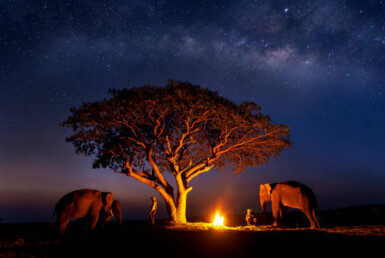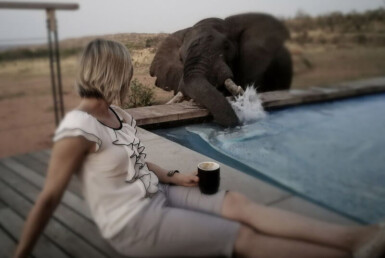What is A Wildlife Game Reserve

According to allthingsnature.org, a wildlife game reserve is a place where protected animals live. It is a haven for animals in a natural habitat. The space is free from human encroachment or poachers.
A reserve can be owned by the state or privately owned. A regular game reserve is usually a large expanse of land. It is a protected zone to keep vulnerable animals safe from being used as “game” for sport or food.
Game reserves in South Africa

South Africa has more than 20 game reserves, including Welgevonden Game Reserve. The country has a varied landscape with mountains, forests, deserts, and the coast. Each landscape has various animal and bird species.
Each of the game reserves in the country has endless attractions, including:
South Africa’s Big 5
The African lion, elephant, leopard, Cape Buffalo, and rhinoceros make up the Big 5. These animals are dangerous without being invisible. The International Union for Conservation of Nature (IUCN) classified African lions, elephants, and leopards as vulnerable.
King of the jungle
The lion is the second biggest among the 37 cat species in the world. Lions in South Africa live in the open savannah grasslands. These creatures live in social groups called prides. Each pride has about 30 members.
The pride has a collective responsibility to see that every member is safe. You can hear a lion roaring about 5 miles away.
Elephants
The largest among the Big 5, the elephant, is also the largest animal on land. However, they are the most highly threatened by poaching. About 8 percent are poached annually for their ivory.
Apart from humans, climatic change is another threat to the survival of elephants. Their habitats are becoming drier and hotter, making them vulnerable, according to IUCN.
Rhinos
African rhinoceros are two species: the white rhino and the black rhino. South Africa is home to the most significant white rhino population. However, they have been introduced again in various other countries as a conservation measure.
About 90 percent of black rhinos live in South Africa, Kenya, Namibia, and Zimbabwe. Rhinos live in open grasslands, just like lions. These animals are powerful and thick. Amazingly, they reach a speed of about 30 miles per hour.
The world has about 29,500 surviving rhinos making the IUCN label them as critically endangered. About 70 percent of these rhinos are in South Africa.
Leopard
Catching a glimpse of a leopard is among the special moments in a game reserve. The perfect spot for leopards to live is a rocky landscape with some dense forests and brush. Leopards are adaptive, making them available everywhere.
The most elusive among the Big 5, leopards spend the day resting up in the trees and come down to hunt at night. No one threatens leopards in their natural environment apart from humans.
Cape Buffalo
The most dangerous among the Big 5, the buffalo, has unpredictable behaviour. Lions and humans are the predators of Cape Buffalo. However, it defends itself fiercely, leading to the nickname “Widowmaker” or “Black Death.”
Buffalos are more compared to other members of the Big 5. So, it does not appear on any threatened, endangered, or vulnerable list. Today, Cape Buffalos are about 900,000, including four sub-species. About 75 percent of buffalos live in wildlife game reserves.
South Africa’s Little 5
The Big 5 are so famous in South Africa. However, the little animals deserve some attention too. The most famous small animals are the Little 5. These fall in the same group because they share physical resemblance or behaviour.
Elephant shrew
The name for the elephant shrew comes from having a flexible snout resembling an elephant’s trunk. Africa has 19 elephant shrew species. It is not elephant or a shrew.
Elephant shrews have a close relationship with elephants, manatees, and aardvarks. A shrew can fit in the palm of your hand! Its long flexible snout is for finding prey such as spiders, worms, and insects.
Leopard tortoise
The biggest among the Little 5 is the leopard tortoise. It is widely distributed in South Africa. The best moment to see this tortoise is during the rainy season. In the dry season, the tortoise aestivates in a shelter to wait for rain.
Antlion
The name of this creature comes from its larvae that devour ants like a lion does to its prey. Antlions set traps to catch ants and can survive months without food. These creatures have a lifespan of several years.
Adult antlion resembles a mayflower, but the larvae look like bed bugs. About 2,000 antlion species exist across the world. On your visit to a wild game reserve in South Africa, make sure to look out for these fantastic little creatures.
Rhino beetle
Available across all continents apart from Antarctica, you can’t fail to recognize the rhino beetle. The male has a horn-like projection on the head. This is for digging leaf litter and for driving other males away from females.
Rhino beetles have exceptional strength with the ability to lift about 850 times more than their body weight. About 300 rhino beetle species exist in beautiful colours and shapes. And, South Africa is home to 60 out of the 300 species!
Buffalo weaver
With three species available, buffalo weavers are found all over Africa, especially in the dry savanna. The red-billed buffalo weaver (Bubarlornis niger) is available in South Africa. Other varieties of buffalo weaver are in Uganda, Kenya, and Tanzania.
The buffalo weaver’s diet includes insects primarily. Larger birds and creatures such as eagles, hawks, snakes, and baboons feed on this bird. It breeds in colonies, with a male having about three females in the nest chambers.
Experiences to enjoy in a game reserve include.
- Bushwalks
- Honeymoon safari
- Rhino tracking
- Wild game safari
- Wellness retreat
- Rock art excursion
South Africa has various wildlife game reserves for keeping endangered animals safe. You can visit a game reserve like Welgevonden Game Reserve any time to enjoy its multiple attractions. Such as a chance to see the famous Big 5 and their tiny counterparts.





Join The Discussion